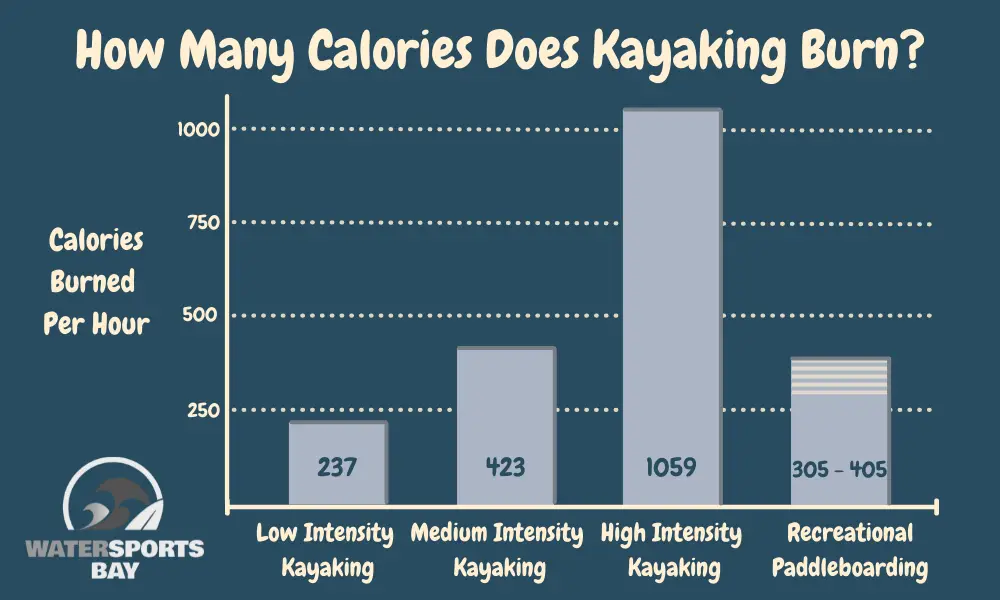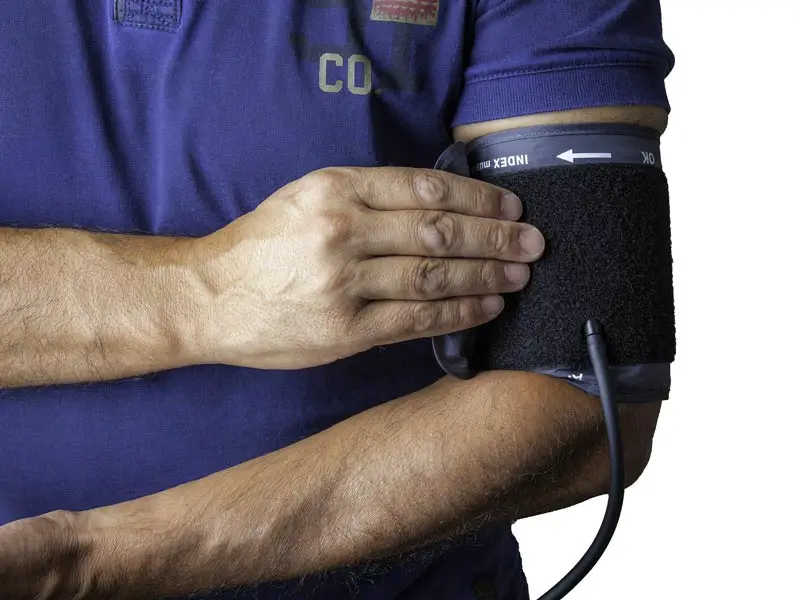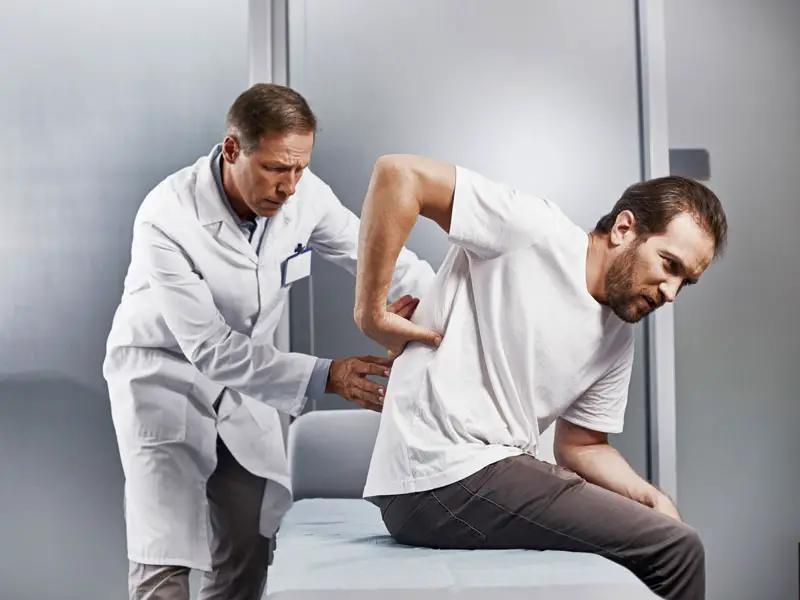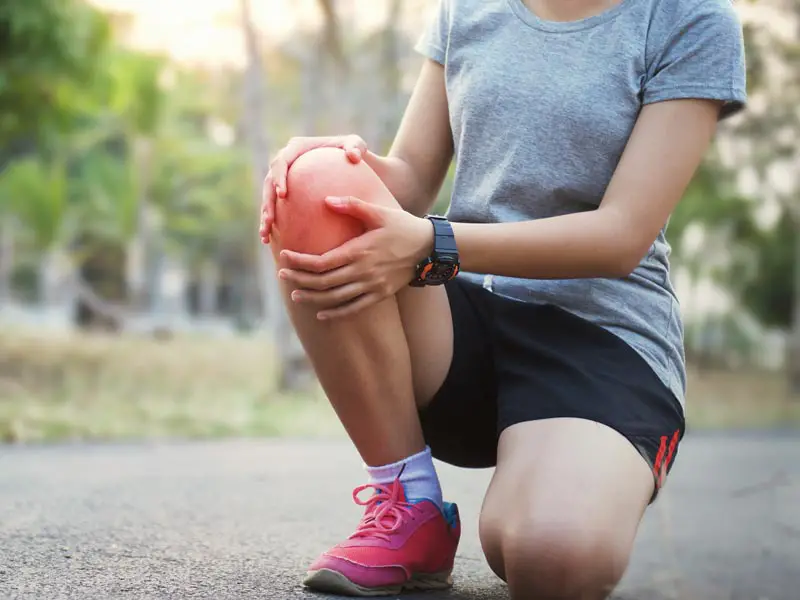Regular physical activity keeps you fit and leads to a healthier lifestyle, that’s a fact. However, slogging it out in the gym for hours isn’t for everyone. If the activity is fun and exciting it can eliminate the repetitiveness and monotony that often comes with exercise, and increase your motivation to do it more often. If you are looking for an activity that will keep you fit and engaged at the same time, then consider kayaking. It has a wide range of benefits, including challenging your mind, elevating your heart rate, and strengthening your muscles.
Kayaking is a great workout exercise that can help you burn calories and build muscle. It can transform your entire body since it works your core through torso movement. It builds on your various muscle groups, including the back, chest, shoulders, and abs. On your arms, it works your biceps, triceps, grip, and forearms. It is an all-around workout routine that you can use to help achieve your fitness goals. Moreover, it can boost your mood and mental health by requiring you to puzzle out movements.
Here we will seek to answer common kayaking fitness questions; does kayaking build muscle, does kayaking burn calories, and is kayaking a good workout?
Does Kayaking Burn Calories?
The obvious answer is yes, kayaking does burn calories. But then again so does everything – including walking, talking, and sleeping. The number of calories burned while kayaking will depend on a number of factors including your size, weight, and how intensely you paddle.
The type of kayaking you choose to do will make a huge difference to the calories burned. For example, a lazy paddle downstream on a slow-moving river will require less energy than battling upstream through rapids in whitewater, therefore you will burn fewer calories. In short, the larger your body mass and the more intense your paddling, the more calories you will burn.
How Many Calories Does Kayaking Burn?
The answer will be slightly different for each individual due to differences in body size and metabolism etc. For the purpose of this question, we will assume that the kayaker in question weighs the average for a person living in North America, which is 178lbs, or 80.7kg in metric.
The average kayaker burns 423 calories an hour when paddling at a medium intensity. When kayaking at a leisurely low intensity they can still expect to burn 237 calories, however, when kayaking at a high intensity like at competition level they can expect to burn an astounding 1060 calories an hour!
In comparison, recreational paddleboarding burns between 305-403 calories an hour. Read more here about paddle boarding fitness.

Does Kayaking Build Muscle?
Yes, kayaking does build muscle. However, unlike traditional bodybuilding – building muscle by lifting progressively heavier weights in sets of 8-10, kayaking builds muscle through thousands of repetitive lower resistance compound exercises. As a result, the muscle built by kayaking will be leaner, more functional muscle compared with other high-impact sports or activities.
Compound vs Isolated exercises, what’s the difference?
Isolated exercises are movements that are used to train one particular joint or muscle group “in isolation”. Good examples of isolated exercises are bicep curls or abdominal crunches.
Compound exercises on the other hand use more than one muscle group or joint at the same time. They are generally considered better than isolated exercises due to the fact that they often simulate real-world activities and movements such as lifting, rotating, pushing, and pulling. Using multiple muscle groups also works the cardiovascular system more and burns more calories when compared to isolated exercises.
What Muscles Does Kayaking Work?
Using compound low-impact movements to paddle, kayaking works a wide range of muscles in the torso and upper body, including the back, arms, shoulders, chest, and core.
Back and Shoulders
The movements you make in kayaking are ideal for working your shoulders and back. The motion of paddling involves reaching forward and placing the paddle in the water before pulling the water towards yourself. This motion activates the latissimus dorsi, rhomboid, and trapezius muscles. In the shoulders, it is your lateral, anterior, and rear deltoid muscles that are used in combination by transferring weight from the lats to the shoulders.

Arms and Chest
Beginners often think that paddling a kayak is all in the arms, and while your arms certainly get a great workout, if you were to try and paddle only using your arms you would quickly get worn out.
As you paddle your biceps and triceps are the main muscles used in your arms. These muscles work in tandem against each other in something known as an antagonistic muscle pair, as one contracts the other relaxes to allow the forearm to move at the elbow. In the case of kayaking, as you pull the paddle through the water towards yourself you contract the bicep, and on the other opposing arm, your tricep muscles are being used to straighten the elbow and use the paddle as a lever.
Your pectoral muscles come into play with each row while at the same time pulling the arm and keeping the shoulder stable and steady.
Your entire arm will benefit from a kayaking workout by building the biceps, triceps, and grips when you are rowing.
Core and Abdominal
With kayaking, as with most paddle sports, a significant proportion of your paddling power comes from the core muscles. These are the muscles in the lower half of your torso and abdomen and are vitally important for supporting your spine, allowing the torso to twist, and raising your legs. Without strong core muscles, you put yourself at a higher risk of back injury.
When kayaking the paddling movement is rotational, and as such you will be working out the abdominal and oblique muscles, as well as core muscles in the back such as the erector spinae. Kayaking regularly will build strength in your core and increase stability.
Legs and Hips
Although kayaking doesn’t seem like an activity that would require much in the way of leg involvement, after all, you do spend the whole time seated. While yes this is true, and when compared to leg-based sports such as cycling or running kayaking won’t match the same level of leg exertion. However, when kayaking your legs play an important role in the stability of your body.
Your feet pressing into the foot brace of the kayak is the point of contact that transfers your power stroke into motion across the water. During kayaking, your leg muscles will be activated more than you realize and may even feel sore the next day.
Heart
Although not a skeletal muscle, the heart is the most important one in your body and as such requires regular exercise. Kayaking is an aerobic exercise, causing your cardiovascular system to work harder and your heart to pump faster. Good cardiovascular and heart health is important for reducing the risk of heart disease, strokes, obesity, diabetes, and high blood pressure, as well as increased endurance and stamina.

Is Kayaking A Good Way To Lose Weight?
Many people struggle with weight loss, often people try fad diets or strange workout regimes for a quick fix. Most people who try these quick fixes ultimately find they are unsustainable causing them to fail over the long term, with the weight quickly piling back on. Kayaking is not a quick fix but can be part of a longer-term strategy of weight loss and a healthier lifestyle.
Apart from the exceptions of some medical or hormonal issues, weight loss ultimately comes down to burning more calories than you consume in food. This is known as a caloric deficit and can be achieved through eating less and exercising more, or in other words a healthier lifestyle. If done consistently over many weeks and months sustainable weight loss can be achieved.
Unsurprisingly, studies show that people who gain enjoyment from exercise are more likely to stick to it, and as we know that sustainable weight loss needs consistency, this is key. Therefore, it makes sense to choose an exercise that you enjoy and will feel less like a chore when it comes to working out.
If you are looking to lose weight, you can try kayaking as a part of a healthy lifestyle. As you have fun, you will also benefit from burning calories, strength training, and cardio. Kayaking challenges you both mentally and physically while distracting you from the monotony of exercise. It can also help you lose weight, especially when you work with a dietician or physician to adjust your lifestyle and diet.
Is Kayaking Good Exercise For Back Pain?
Kayaking can help you relieve back pain depending on the seriousness and type of back pain. It works on your lower back muscles and in your core when you twist your torso. This will provide more stability and strength in your core and back by strengthening the muscles around your spine.
It is crucial that you consult your doctor first before kayaking to avoid worsening your back pain. Once cleared by the doctor, you can try the various kayak designs to find the most suitable for you and provide comfort for your back. The outfitting of the kayak can be adjusted to offer more back support by adding foam, straps, and backrests.

If you have back pain and want to go kayaking, you should start slow as you build the momentum. You can start with a slow stroke and then take some time off to check on your back. Eventually, the muscles surrounding your spine will be stable and strong enough to relieve pain.
Is Kayaking A Good Workout?
Kayaking is a great all-around workout that helps to build strength and muscle across your body as well as improve cardiovascular health and endurance. It builds your abdominal and trunk muscles that help to stabilize and strengthen your core which makes it easier to support yourself through the neck, back, and spine. It is a fun activity that means you will enjoy yourself while working out to build a lean and mean physique.
Is Kayaking Better for Cardio or Strength?
Kayaking is a hybrid activity giving both good levels of cardio and using the whole body to build strength. However, ultimately it depends on the intensity of your paddling. The harder and faster you paddle the better your cardio and strength workout will be.
That being said, depending on your fitness goals kayaking alone may not be enough for you. If you are looking to seriously bulk up then you may wish to add regular weight training into your weekly training regimen
Many people mix kayaking in with traditional gym workouts for cardio and strength, particularly if they live busy lives and perhaps only kayak at the weekends. There are many exercises you can do at home or in the gym that will improve your kayaking ability.
What Are the Benefits of Kayaking?
In addition to the previously mentioned calorie burning and muscle building, kayaking for fitness has a number of other physical and mental benefits. When you go kayaking regularly, you are more likely to improve your mood and well-being.
Kayaking is a Stress Reliever
Stress and the modern world go hand in hand. Whether it’s due to work pressure, family disagreements, or just a big change in your life, everyone gets stressed at some point. You can use kayaking to bust stress and blow off steam.
When you exercise you release endorphins in the body which are feel-good hormones. In addition to the boost you get from exercising, kayaking also gets you out onto the water and into nature which has a calming effect and will lower your stress levels.
Its a Full-Body Workout
When kayaking, you end up using more than your arms to paddle. You utilize your back, torso, and your leg muscles to navigate through the waters. Most of the movement usually takes place above your waist, but you also apply pressure on your foot braces that utilize the leg muscles.
Kayaking Can Give You Firm Abs
If you are looking to tone up your stomach, kayaking can help as it involves a lot of rotational movement that works out your core muscles. Your abs will also improve due to the demand for stabilization and balance. Burning calories through kayaking will help work towards that six-pack by shifting some of that hard to lose abdominal fat.
Kayaking is a Low-Impact Workout
Since you are in a seated position when kayaking, it offers the perfect low-impact routine for those with bad knees. You can avoid the significant risk of injuries involved in sports such as running can have on your knees. \

There is much less shock when paddling through water when compared to land-based sports, and if you choose the right paddle this will reduce the risk of injury and strain on your shoulder.
Offers Cross-Fitness Opportunities
You can incorporate kayaking into your regular workout routine. You can use it for your cardio and strength training on days you aren’t hitting the gym, cycling, running, or swimming. There are numerous applications of kayaking that you can use or combine to reach your lifestyle and health, health, and fitness goals.
Conclusion: Kayaking For Fitness
Kayaking can help to revitalize your soul after a stressful day. It offers a more enjoyable workout experience surrounded by fresh air and a view that offers a sense of tranquility. It is more than exercise since it gives you an opportunity to bond with your friends as you have a good time out in nature.
Before you go kayaking, ensure that you drink plenty of water, stretch before and after, warm up and warm down just like you would when exercising on land. Additionally, make sure that you protect your kayak and upgrade to a comfortable seat. Let go of your fear and take the plunge today to have fun and work out.

